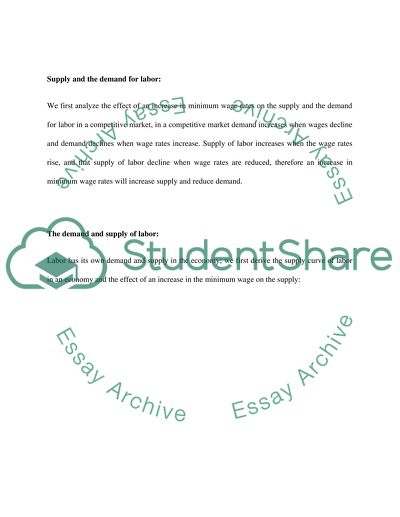Cite this document
(“Microeconomics (EC2021C) Essay Example | Topics and Well Written Essays - 2000 words”, n.d.)
Microeconomics (EC2021C) Essay Example | Topics and Well Written Essays - 2000 words. Retrieved from https://studentshare.org/miscellaneous/1499680-microeconomics-ec2021c
Microeconomics (EC2021C) Essay Example | Topics and Well Written Essays - 2000 words. Retrieved from https://studentshare.org/miscellaneous/1499680-microeconomics-ec2021c
(Microeconomics (EC2021C) Essay Example | Topics and Well Written Essays - 2000 Words)
Microeconomics (EC2021C) Essay Example | Topics and Well Written Essays - 2000 Words. https://studentshare.org/miscellaneous/1499680-microeconomics-ec2021c.
Microeconomics (EC2021C) Essay Example | Topics and Well Written Essays - 2000 Words. https://studentshare.org/miscellaneous/1499680-microeconomics-ec2021c.
“Microeconomics (EC2021C) Essay Example | Topics and Well Written Essays - 2000 Words”, n.d. https://studentshare.org/miscellaneous/1499680-microeconomics-ec2021c.


